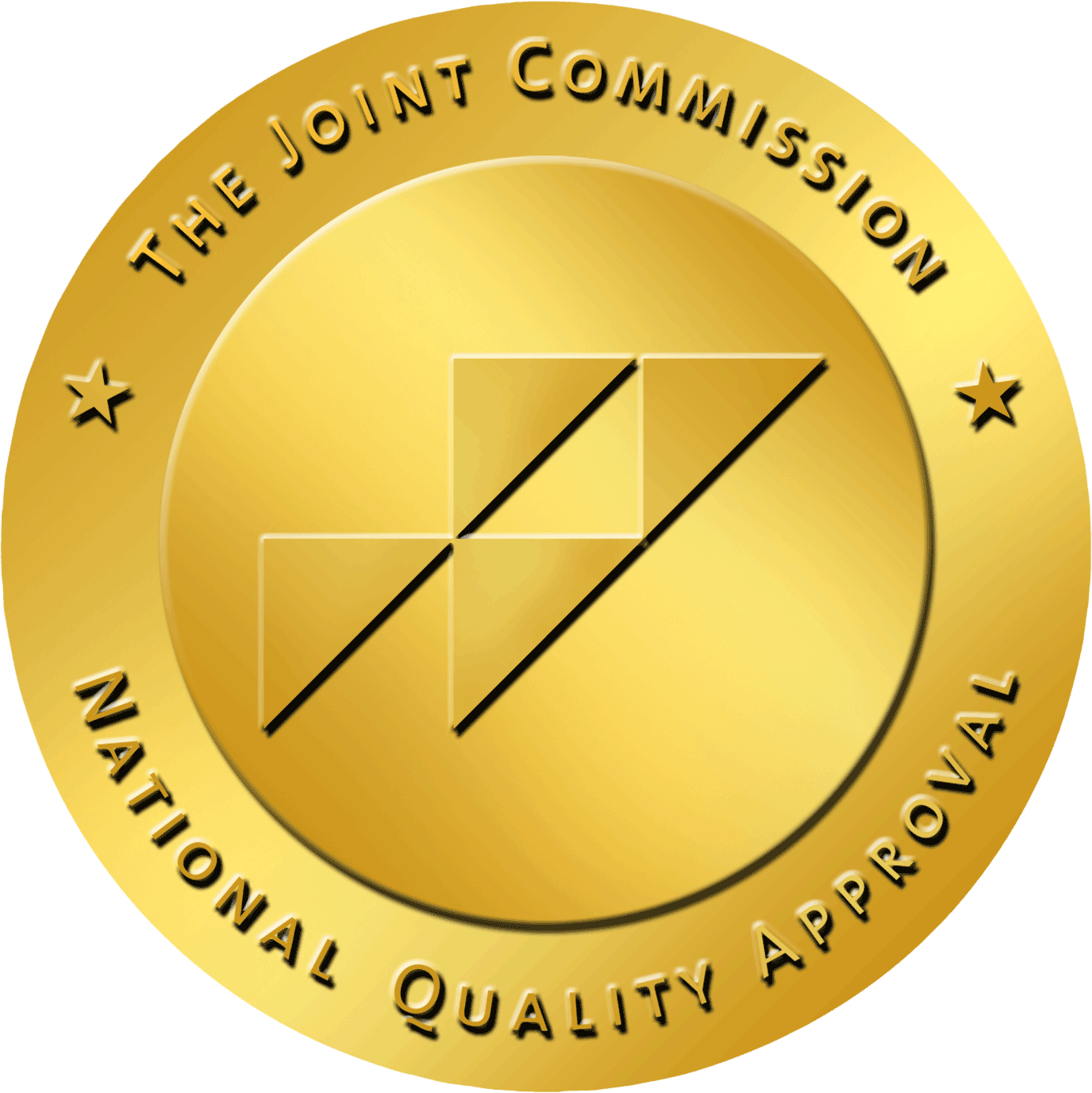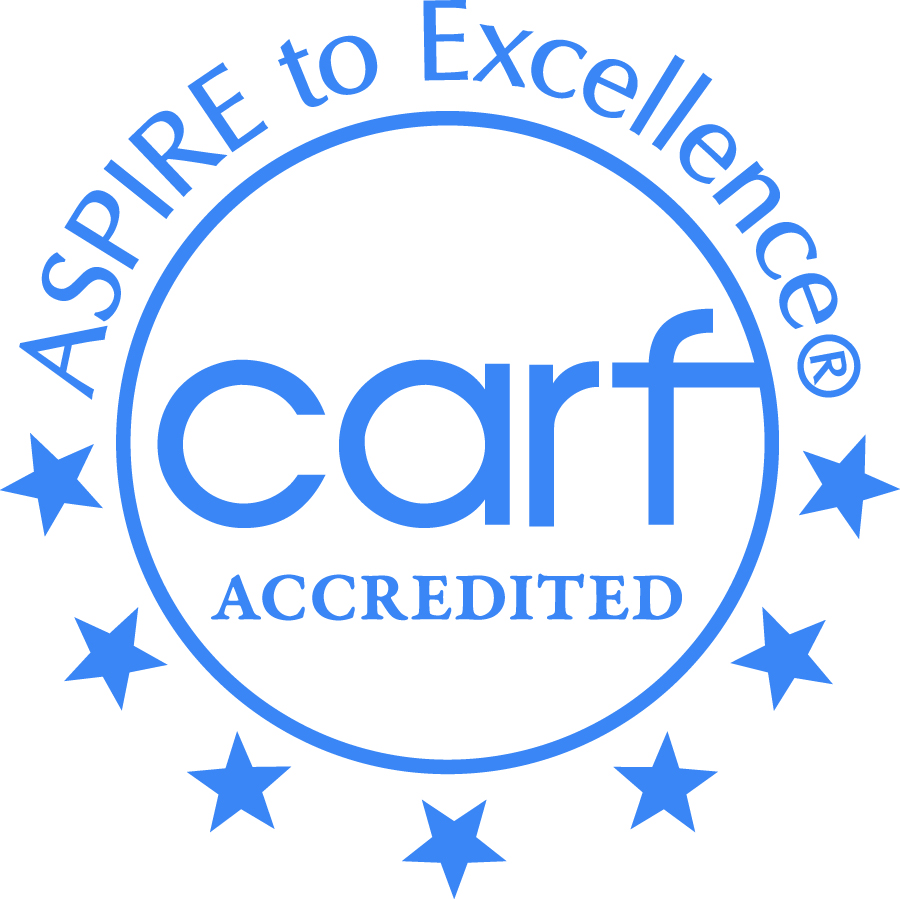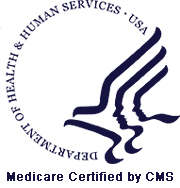News
Dr. Elizabeth Pieroth Explains How The NFL Handles TBI
There’s a lot of speculation about just how well the NFL is managing its players’ safety in the wake of very high profile traumatic brain injury research through the past year, dramatic deaths, and lawsuits from former players. Through all this attack, the NFL has gained an image of a big business that often is painted as doing nothing for its gladiators’ health and well-being.
The majority of the people from within the NFL speaking out have been the former players who are involved in the lawsuit, so the damning image spreading isn’t that surprising, but it is also biased; the players’ opinions of the league are shaded by years of pain and struggle with brain damage. Their statements shouldn’t be discounted, but it is important to remember the emotion involved in these cases.
This is why it is helpful to hear from a health professional working with the NFL and other professional sports leagues. Dr. Elizabeth Pieroth is the head neuropsychologist for the Chicago Bears, Chicago Fire, Chicago White Sox, and the Chicago Blackhawks, not to mention Northwestern University.
She participated in the NFL’s Health + Safety Conference in New York City in early January, an event to discuss the efforts of the NFL to reduce brain injuries through rule changes and stricter protocalls. After the event, she sat down with HerGameLife to discuss the way the NFL manages concussion diagnosis and treatment, as well as what it is like to be a female working in the largely male dominated world of football.
Dr. Pieroth isn’t on the sidelines, diagnosing players as the hits happen, but she handles the management of traumatic brain injury for all Bears players, and while the NFL is still not clear from criticism, the system she describes is much better than it might appear by recent articles.
“Either the medical personnel on the sideline or the independent athletic trainer up in the booth notes the possibility of a head injury. The player is removed from the field and taken to the training room and assessed,” she said. “If they determine that the player has sustained a concussion, I get a text to that effect. Then, I’ll talk to the trainer and get an update on the player’s symptoms. Depending on whether the team is at home or out of town, I’ll meet with him in the next day or two and we’ll run through the injury.”
And then I work with the team docs and trainers to monitor that player, the symptoms he may have and then they refer him out to other treatments as necessary. Once the player is asymptomatic, he comes back and I do cognitive testing. Then, when I feel comfortable that there aren’t any other issues, I talk to the head team trainer. The player then goes to neurology, and the neurologist and I confer. If we’re in agreement that the player is okay to return to play, we advise the head team physician.”
According to Dr. Pieroth there are no occasions when a health professionals advice is overridden at any level of the chain of command. If one doctor says a player isn’t fit to return to the field, he is held. If that is the case, the NFL is doing much better than it was in the past. However, evidence shows that immediate diagnosis isn’t happening for many players getting injured, and clearly players are still in a tremendously dangerous place for brain injury.




